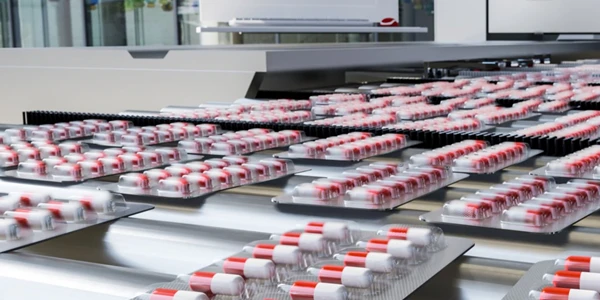The Evolution of NGS Technologies: Closing in on Personalized Genome Sequencing
New next generation sequencing technologies are lighting the way towards the holy grail of personalized genome sequencing
Next Generation Sequencing (NGS) technologies have seen “massive” growth over the past 20 years. The genomics field has evolved from high-throughput capillary electrophoresis Sanger sequencing techniques - like those used during the Human Genome Project - to massively parallel, deep sequencing NGS technologies. What once took a fleet of instruments over several years to complete, can now be tackled with NGS approaches, in some cases in the span of a single day.
NGS technologies are on the brink of the long-awaited holy grail – the $100 personal genome. This was a mere dream 20 years ago, a time when sequencing the human genome reached upwards of $100 million. New breakthrough developments now bring the field of genomics ever closer to this monumental achievement.
Next generation versus Sanger
NGS technologies have grown to vastly overcome the limitations of traditional technologies such as those utilizing Sanger sequencing approaches. Sanger is still used, for instance, in capillary electrophoresis instruments applied to DNA fingerprinting for forensic applications. The ability to produce highly accurate and sensitive results in a readily scalable format, however, sets NGS technologies far apart.
Next generation sequencing essentials
Although technologies, capabilities, and applications continue to grow, NGS has a set of basic traits that are shared among platforms. NGS platforms make use of the following central concepts:
- Deep sequencing – Also termed massively parallel, the concept involves sequencing of millions of small DNA fragments from a single sample or pool of samples. The high rate of sequencing (and resequencing) produces highly redundant results, increasing the accuracy of sequence identification. High accuracy sequencing enables fragments to be reliably stitched together to produce high confidence genomic information.
- Bioinformatics – The large amount of data produced from massively parallel NGS sequencing must be interpreted and managed to produce high-fidelity results. The sequence data is typically matched to a reference data set or genome. Advancements in computational power and software efficiency has made bioinformatics driven NGS sequencing feasible.
- Sensitivity – The high accuracy of NGS enables identification of changes such as mutations, single-nucleotide polymorphisms, and other discrete genetic elements. This level of sensitivity was previously unattainable, and the appearance of these mutations is proving critically important in diagnostics and disease research applications.
Next generation sequencing advantages
Several NGS techniques - such as the Illumina instrument platforms MiSeq, HiSeq, and NovaSeq - utilize state-of-the-art methods that outperform previous techniques in terms of accuracy, speed, and throughput.
- Accuracy is improved over previous techniques because of the improved reagents, enhancements in imaging, and the incorporation of microfluidics. Making use of the “sequencing by synthesis” process as well as advanced microfluidics permits a significantly larger set of individual reactions, thereby enabling broader sequence coverage and deeper sequence redundancy The result is a massive increase in accuracy and confidence.
- Efficiency is vastly improved over previous techniques because of refined sequence steps and the ability to multiplex microfluidic processes. Imaging is enhanced by use of high-powered microscopy, allowing many sequencing reactions to be visualized at once. Advanced data analysis permits interpretation of massive data sets. As a comparison, Sanger methods on a typical instrument can produce 400 reads of 0.001 Gigabases per day. NovaSeq NGS methods can produce upwards of 13 billion reads of 4,000 Gigabases per day. These huge performance gains are coupled with significant savings in reagent usage and sample preparation resources.
- Scalability increases, and the ability to multiplex with greater accuracy and efficiency, mean that NGS methods can easily transition from research to population sized sample cohorts. Complex, labor-intensive methods - including whole genome, whole exome, RNA sequencing, SNP profiling and others - are easily within reach in these large-scale applications. Population sized sequencing studies are now feasible within reasonable time points to identify and characterize genetic elements that correlate with disease.
Summary
Today’s NGS technologies are far faster, cheaper, and more efficient than techniques in the past. The latest example is the NovaSeq Xplatform from Illumina, which aims to lower the cost and burden of whole genome sequence to the point that $100-200 is not just a dream anymore. Precision medicine, in its truest form, may now finally be within reach in this new age of NGS technologies.










